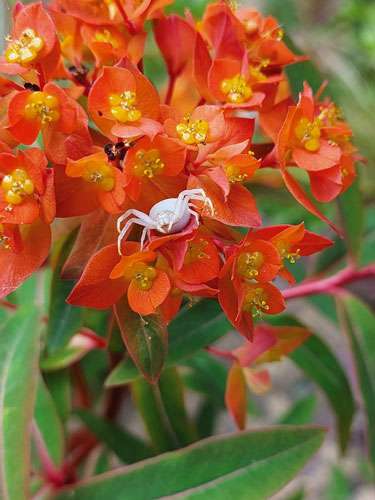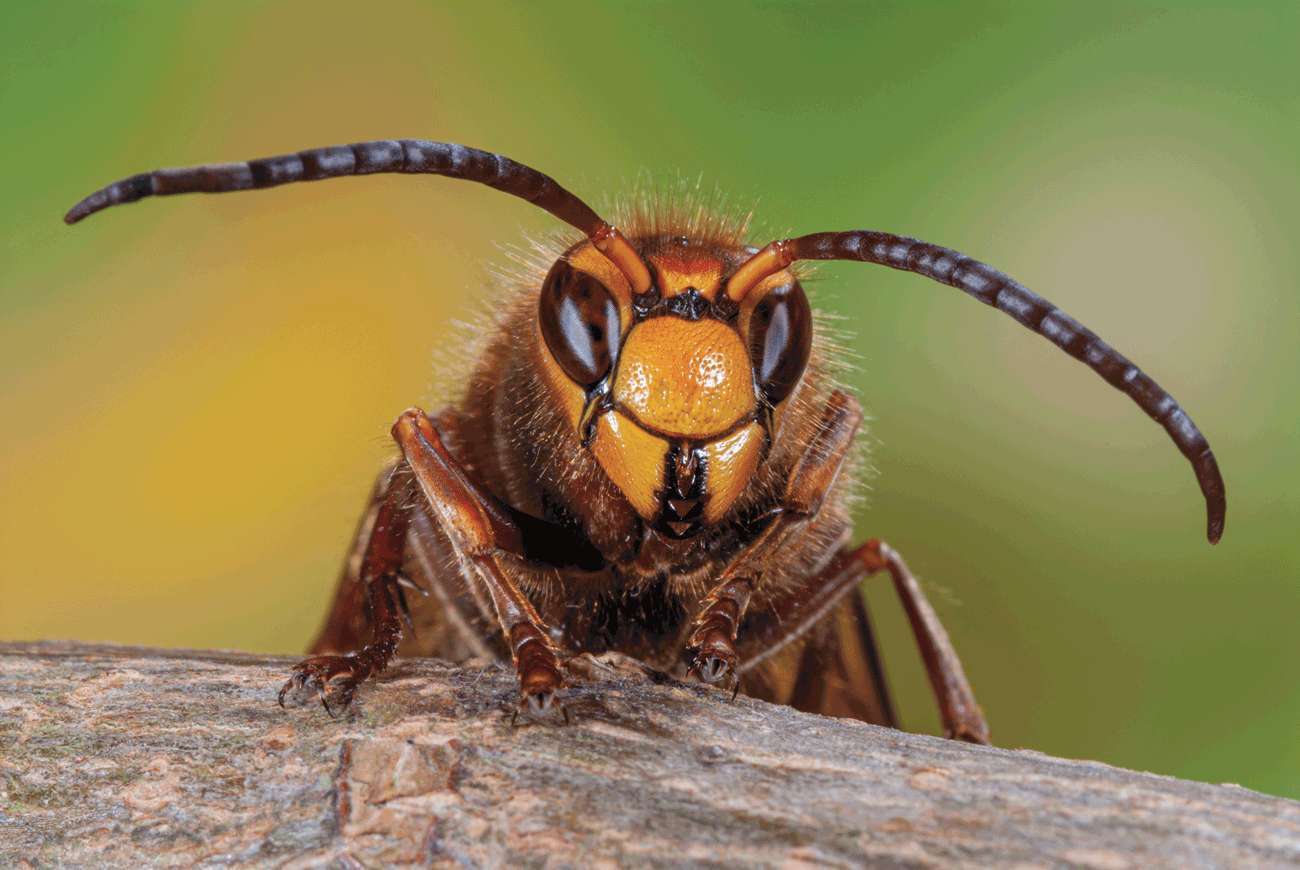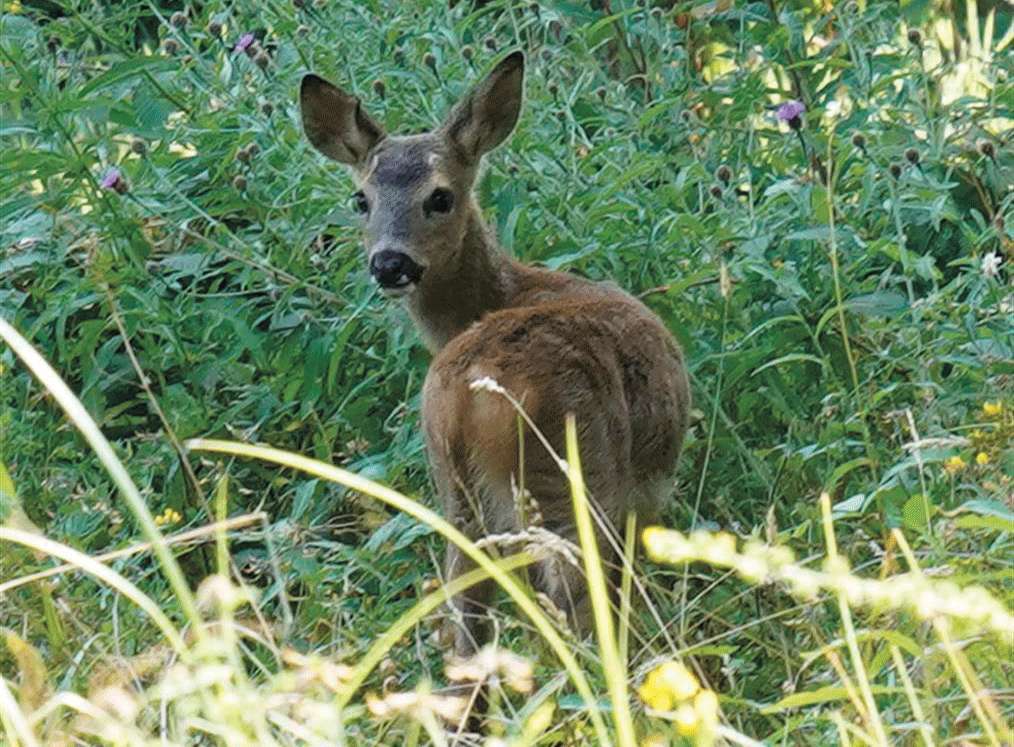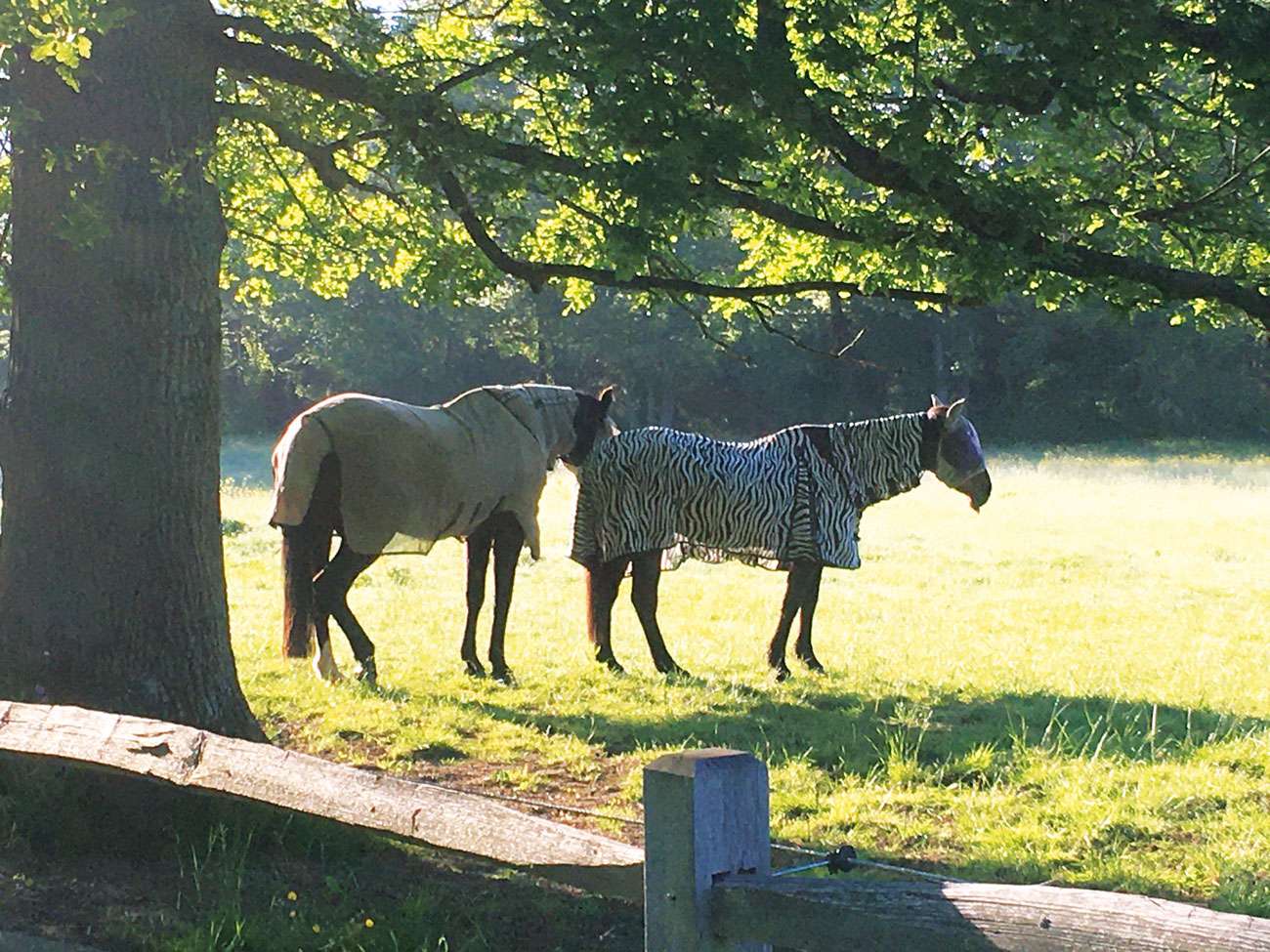
A Zebra in the Ewhurst Landscape?
Who coined the disdainful description ‘Nimby’? People who had designs on your local landscape and tried to shame you into agreeing to development, that’s who. But we should all be Nimbys! Unless we fight to protect our surroundings, no one will protect them for us, particularly as Governments have progressively weakened planning regulations. Once the green fields and the ancient woods have gone, no amount of sapling planting and wild verges, good though they are, will replace what we have permanently lost. Remember John Prescott saying that the south east of England should be concreted over?
Feeling a connection with the landscape around us, particularly the natural landscape, is essential to our well-being. It fosters a sense of place and self. We are extremely fortunate to live in this beautiful area, with its woods and hills. We have the opportunity all around us to strengthen our necessary connection with Nature and feel our place in the great scheme of things.
We read a lot about places being rewilded, like Knepp, but Simon Barnes argues in his recent book Rewild Yourself that the work starts with us. He says: “We’re not just losing the wild world. We’re forgetting it. We are no longer noticing it; we have lost the habit of looking and seeing, listening and hearing.”
A Flower Crab Spider
His remedy, summarised briefly, is to train ourselves to sit quietly, to become ‘absorbed’ and reconnected to our natural surroundings.
A positive take on the sneer Nimby would be for it to stand for ‘Nature in My Back Yard’, a place to start rewilding ourselves. No need to go to Namibia or paddle down the Limpopo – a lot is happening right outside your door. And was this a zebra spotted in nearby Ewhurst?
My young grandson seems very aware the natural world around him. He is very interested in insects, and he ran in from the garden to ask me if there was such a thing as a ‘ghost spider’. As you can see from the photo, it is a particularly good description. In fact, it is a flower crab spider, genera Misumina. It would fit on a £2 coin and had the characteristic globular abdomen and bright little eyes on the ends of stalks, which watched us steadily. These spiders are unusual in that they don’t weave webs, but lurk and pounce on small insects. They can bite humans but although the bite is irritating, it is not poisonous. They can change colour to blend into their background, but our spider must have just arrived and is very conspicuous on the red euphorbia flower. We went searching for it later, but couldn’t find it. Keep an eye out though, as they are common in the southern half of Britain.
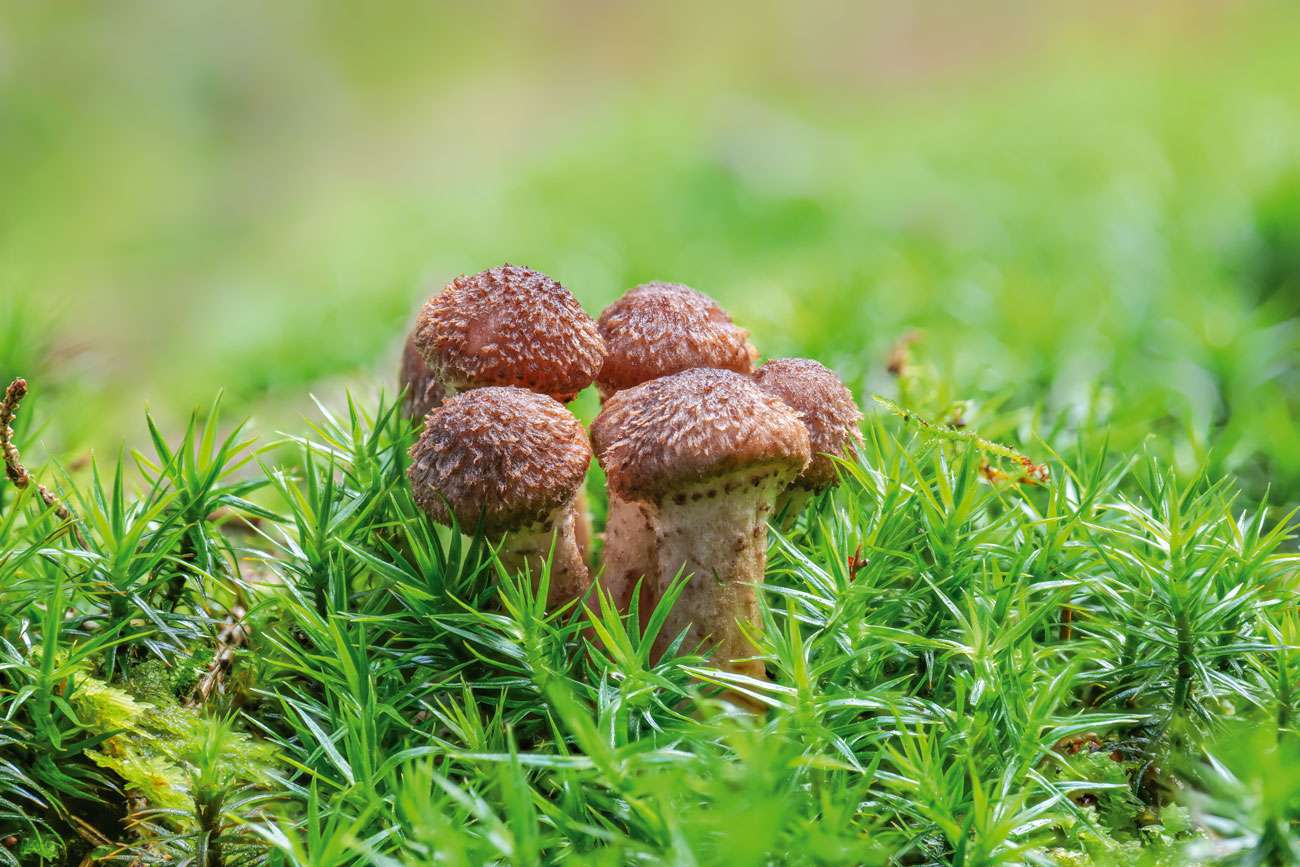
Honey Fungus (Armillaria solidipes)
An extremely unwelcome killer has made an appearance in my garden; it is Armillaria solidipes or honey fungus. It moves underground by means of what look like black bootlaces – spreading and searching for new hosts. It is a very mysterious organism, expanding stealthily and only expressing itself briefly above the ground as tawny mushrooms with white flecked stems and frilly gills. The first sign of this menace is when a tree or shrub suddenly dies. It reaches up with exploratory fingers of mycelium searching for something to kill or to fuse with the mycelia of other parts of the colony. Eventually it can become enormous. Underground, in the hardwood forests of Oregon’s Blue Mountains there is a honey fungus that extends over an area of four square miles, at its widest point it covers two and a half miles. Scientists guess, rather wildly it seems to me, that the age of this fungus is between 1,900 and 8,650 years old. Although I regret this organism’s destructive power, I can’t help being fascinated by it. It’s the stuff of science fiction; only fiction can’t compete with the sheer variety and strangeness of Nature.
Beryl Harvey Fields is Cranleigh’s nature conservation site. We need volunteers. For further information: visit our conservation site in Cranleigh – or better, volunteer. Contact Philip Townsend at: for details.
Find out more about the Beryl Harvey Fields HERE.
Read the Book Review ‘Rewild Yourself’ HERE.

